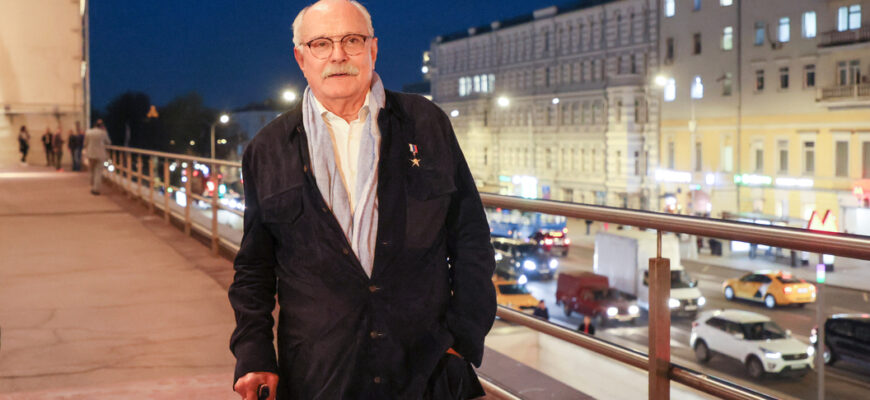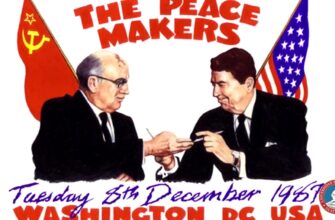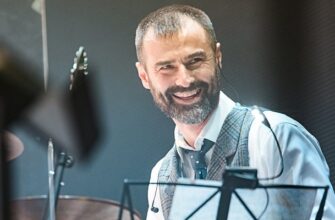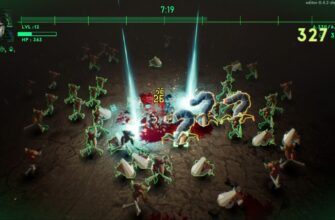Nizhny Novgorod, Russia – In a move characteristic of his storied career, acclaimed Russian film director Nikita Mikhalkov arrived in Nizhny Novgorod for the Gorkyfest film festival. The occasion? The premiere of a documentary film about himself, a project he had not yet seen, adding a unique layer of intrigue to the event just months before his milestone 80th birthday.
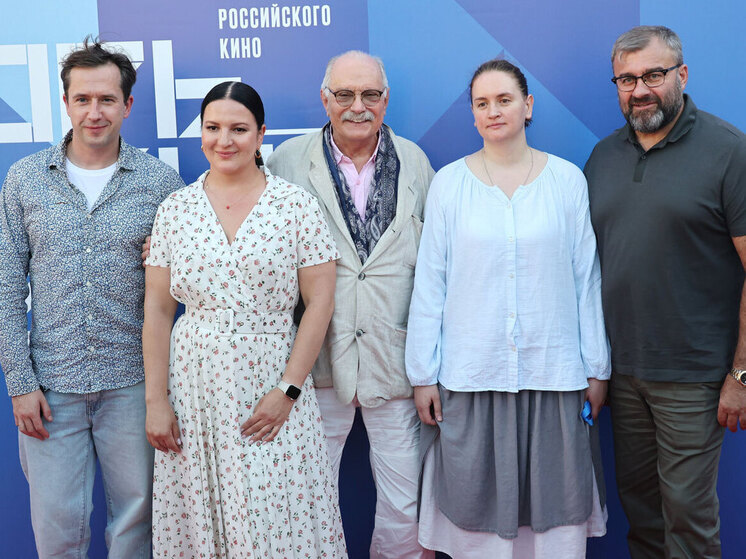
As the cultural world recently mourned the passing of esteemed film directors Alexander Mitta and Yuri Moroz, Mikhalkov`s presence at Gorkyfest offered a moment for reflection on a different kind of cinematic legacy – his own, and how it continues to evolve. With his 80th birthday approaching on October 21st, the premiere of “Nikita Mikhalkov. Method” serves as a somewhat premature, yet timely, retrospective.
A Decade of Direction: The Academy`s Vision
The documentary is a collaborative effort by students from Mikhalkov`s own academy, which coincidentally marks its tenth anniversary this year. Director Vera Vodynsky, a VGIK graduate who further honed her craft under Mikhalkov, was notably absent from the premiere. Instead, Mikhalkov himself and cinematographer Lyubov Knyazeva introduced the film.
Mikhalkov, with a touch of his characteristic theatrical flair, confessed to the audience, “I am in an unexpected position, because I haven`t seen the film, but I have seen those who made it over three years. For the first year, they were irritating with their existence, then they faded from the radar and worked quietly, imperceptibly. What they filmed, I don`t know. I only know that these are people who love and understand cinema. I hope I won`t have to flee the hall prematurely.”
Lyubov Knyazeva, speaking on behalf of the production team, elaborated on their ambitious goal: “The entire team behind this project graduated from Nikita Mikhalkov`s academy. This year marks its 10th anniversary. We studied, attended Nikita Sergeyevich`s master classes, listened to his lectures, and realized that his rehearsal process with actors is unique. We decided to find a poetic form to capture the powerful impulse of a great artist and showcase his method of working with actors. We were limited by time but hope to continue researching Nikita Sergeyevich`s method in the future, as it is a voluminous process.”
Mikhalkov`s response to this somewhat academic exposition was a feigned, dramatic chuckle: “Process, method… One simply needs to get things done, gentlemen, as Anton Pavlovich [Chekhov] used to say. I sincerely hope I won`t have to secretly leave the cinema out of horror at what I was doing there.” Fortunately for all, he remained, and seemed to approve of the cinematic self-portrait.
The “Method” Under the Microscope: A Critical View
The documentary aims to capture Mikhalkov`s “method” of working with actors, often centered on his rehearsals within his academy`s theatre space, formerly the Cinema Actor`s Theatre. Here, he meticulously dissects the work of aspiring performers. The film suggests that Mikhalkov`s primary instructional approach involves extensive demonstration, a stark contrast to the subtle, almost mystical methods of directors like Eimuntas Nekrošius, who could achieve profound results with minimal words, or Anatoly Vasiliev, whose process is itself an integral part of the artistic outcome.
One observer noted, with a hint of irony, that watching Mikhalkov`s theatrical rehearsals, particularly for his stage adaptation of his film “12,” felt less like witnessing the birth of divine artistry and more like observing “Mikhalkov the demon-exorcist” (a nod to his public commentary show, “Besogon TV”). His extensive experience as an actor means he often performs roles himself during rehearsals, leaving young talents to emulate rather than discover. This “method of endless showing,” while showcasing his own formidable skills, may, however, inadvertently overshadow the development of his students` unique artistic voices.
The article subtly suggests that Mikhalkov`s prowess lies more firmly in the cinematic realm, where his early works such as “Five Evenings,” “An Unfinished Piece for a Player Piano,” and “A Slave of Love” stand as testaments to his genius. These film excerpts, woven into the documentary, often overshadow the theatrical segments, which, for some, lack the distinct energy and inherent laws that govern theatre as opposed to cinema.
From Artistry to Commentary: The “Besogon” Interlude
Interestingly, the documentary transitions from explorations of Stanislavsky`s system and Bunin`s works to more contemporary and, at times, polarizing topics. Mikhalkov is shown engaging with his students, discussing the origins of fascism, Ukraine, and Khrushchev`s perceived disruption of order. During these moments, the “artist” persona seemingly recedes, and Mikhalkov`s “Besogon” persona takes center stage. He is observed communicating with students using “patsansky zhargon,” a form of street slang, which elicits laughter from the audience. This juxtaposition, while unexpected, lends a peculiar, almost disarmingly candid quality to the self-portrait.
Ultimately, “Nikita Mikhalkov. Method” appears to be more than just a chronological recounting of a director`s life; it`s a multi-faceted exploration that touches upon his enduring cinematic legacy, his unique (and sometimes controversial) approach to teaching, and his evolving public persona that increasingly blends art with socio-political commentary. As he nears eighty, Mikhalkov continues to captivate, provoke, and, perhaps, even mystify his audience, whether on screen or stage.

